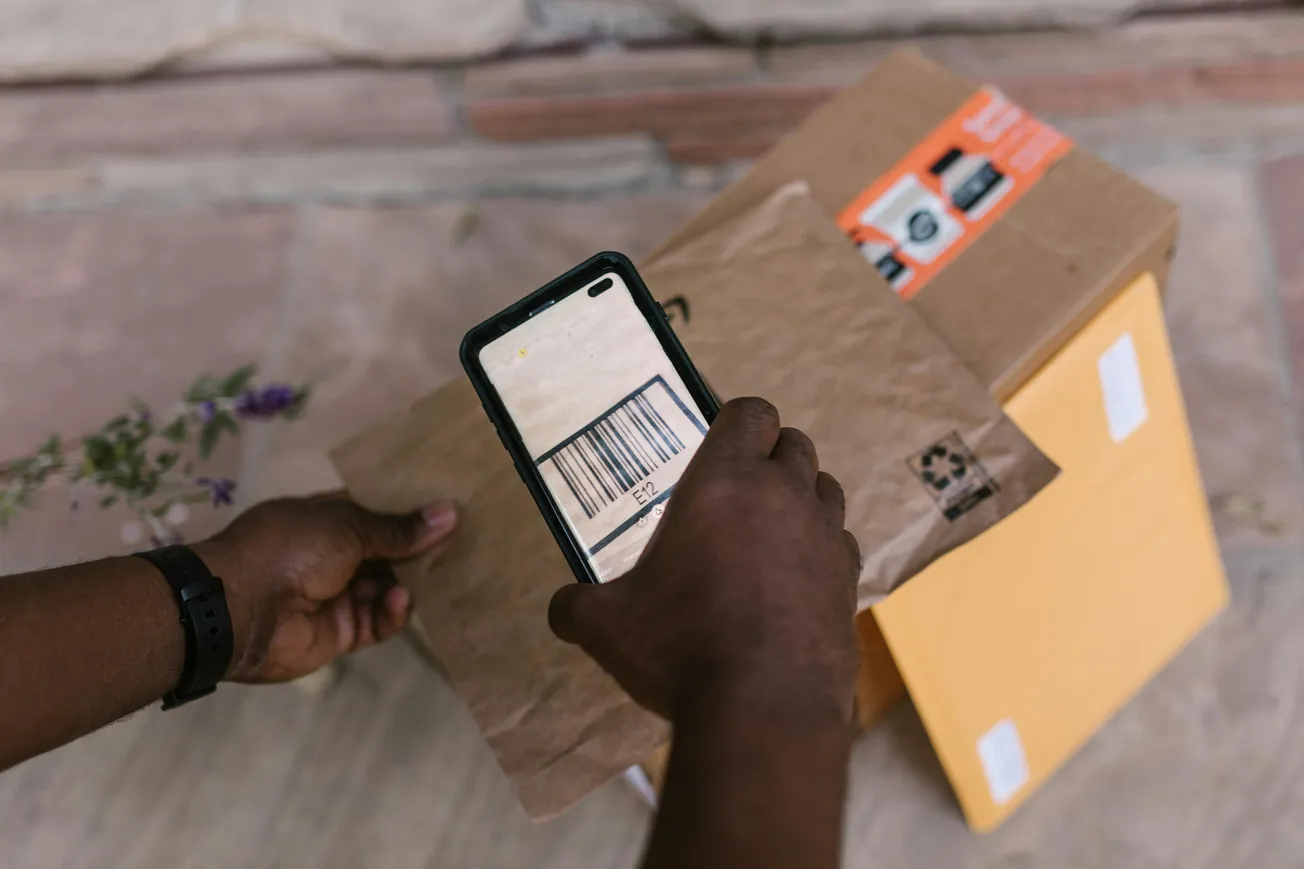The “Ship‑From‑Store” Fulfillment Model: Success and Shortfall
Retailers with extensive brick-and-mortar networks have increasingly relied on store-based fulfillment – or ship-from-store – to meet growing demand for faster delivery. This model surged during the pandemic, signaling a return to a centuries-old strategy.
In the 19th century, department store Le Bon Marché used its physical footprint to fulfill mail orders via horse and carriage. The concept reignited in modern retail to offer faster, cost-efficient fulfillment.
Today, it’s mainstream: Walmart fulfills approximately 50% of its online orders from stores, while Target now fulfills 95% through nearly 2,000 locations.
When Collaborating Stores Fail: Deliveries That Disappoint
Yet, Harvard Business Review (HBR) warns that this omnichannel strategy often trips up: orders delivered with missing or substituted items not only frustrate consumers but deliver deeper business repercussions:
- Reduced future spending: Customers who receive incomplete orders typically delay repurchasing and spend less in subsequent orders.
- Substitutions compound dissatisfaction: Attempts to ‘patch’ bad fulfillment with substitutions often aggravate customers even more than missing items.(turn0search0; turn0search1)
The core message? Focusing on order accuracy and reconsidering substitution practices may be just as vital as speed of delivery for long-term loyalty and revenue.
Historical Roots, Modern Missteps
According to HBR, the ship-from-store model is not new. While leveraging retail inventory to fulfill online demand can succeed, retailers must address systemic challenges:
- Inventory accuracy: Stores generally report lower accuracy compared to fulfillment centers.
- Operational strain: In-store picking is often more costly than centralized facilities, and they are fraught with execution errors.
- Complex forecasting: Balancing stock across DCs and thousands of stores remains a failure point in omnichannel readiness.
Bridging Order Accuracy & Customer Trust
To uphold the promise of omnichannel fulfillment, retailers should:
- Prioritize accuracy over expediency: Prevent stockouts and minimize substitutions that drive customer dissatisfaction.
- Invest in store-level visibility: Enhance real-time inventory systems to ensure reliability across channels.
- Fine-tune forecasting and placement: Predict demand by channel and dynamic lead times to optimize inventory deployment.
- Streamline store picking workflows: Equip and staff stores to handle digital orders precisely and efficiently.









